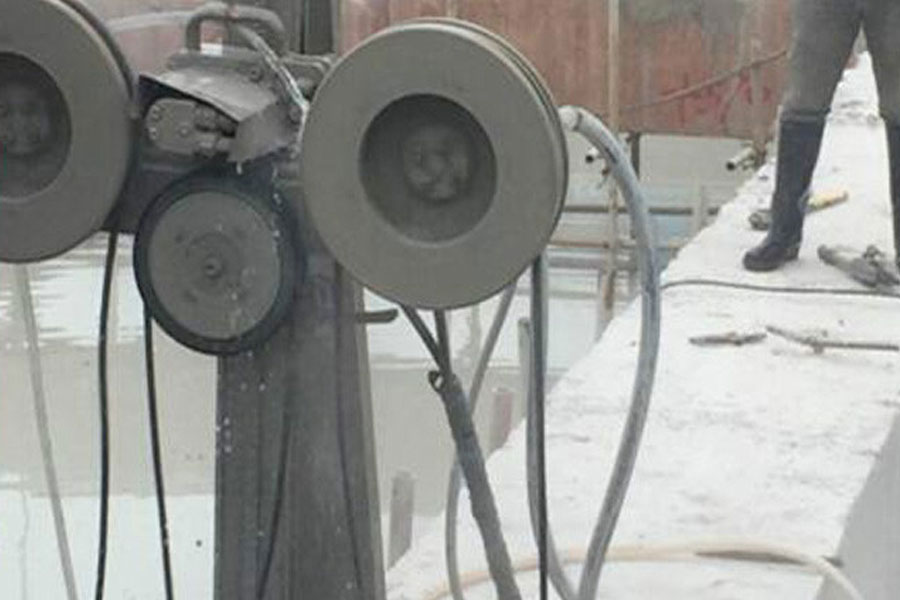Precision Metal Stamping is a kind of high-precision stamping processing. The stamping parts produced by this processing have high precision, good quality and good appearance. However, this requires good processing technology and processing equipment. Some crushing or scratches during processing are also common situations. So in order to avoid this situation or reduce such scratches, we need Plan and design well before processing. Let’s take a look at how to plan and design.
The planning of precision metal stamping needs to be done. During production, a strict inspection system needs to be established. The first piece of precision metal stamping parts produced daily must be inspected, and the inspection must be passed before it can be put into production. At the same time, inspections must be strengthened. , If an accident occurs, it must be dealt with in time. Adhere to a civilized production system, such as the transmission of precision metal stamping parts and accessories must use appropriate workstations, otherwise the surface of the workpiece will be crushed and scratched and the surface quality of the workpiece will be affected.
The precision metal stamping design needs to be done to ensure that the dimensional accuracy and surface roughness requirements are as low as possible under normal use, and it should be beneficial to the interchange between precision metal stamping parts and reduce waste. Ensure the stability of the quality of precision metal stamping parts. When designing precision metal stamping parts, it is necessary to use existing equipment, process equipment and procedures to process precision metal stamping parts as much as possible, and at the same time, it should help to extend the service life of stamping dies. The designed precision stamping parts must be beneficial to improve the utilization rate of metal materials, reduce the types and specifications of materials, and reduce the consumption of materials as much as possible; use low-cost materials where permitted, and make the parts as waste-free and as few as possible. Scrap arbitration.

Leave a Reply